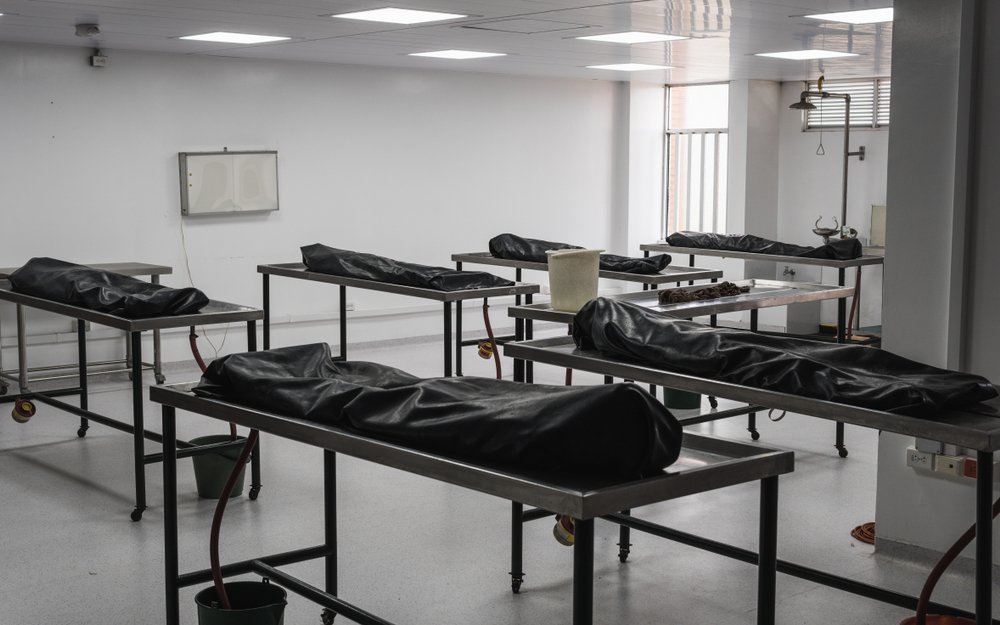
“Death comes for all of us. It is our fate as living, breathing, metabolizing organisms. Dealing with the fact of death is unsettling. Yet there is no other way to live.”
– Paul Kalanithi, MD
Recently, first-year students of the medical and physician’s assistant classes completed their seventh and final practical exam in clinical anatomy. Through fifteen weeks, 117 students learned the structures of the human body organized by region, working from the chest to the toes and finishing with structures in the head and neck.
As the late Stanford physician Paul Kalanithi aptly noted in When Breath Becomes Air, death is “unsettling.” In the first lab section, hushed nervous giggles disclosed discomfort as blue-scrubbed students searched the room for their own smiling photographs. Six students were assigned to each table, and each table was assigned to one cadaver.
Professors and teaching assistants floated around the room encouraging students. One professor paused by our table to reflect, “In a way, you’re cutting apart her body in order to put back together her story.” His words bestowed purpose on the dissection, which otherwise felt somewhat violating.
Our professor told a story about a wedding he attended with five people from his first-year anatomy lab. I looked around the room and took in the faces of people I might entrust with my life. My patient’s life. My mother’s life. The students at each table would be each other’s team, and the assignment was intimate. Over the coming weeks, friendships would forge, but the first day required basics only: gloves, scrubs, and closed-toed shoes.
Before starting to dissect, we shared a long, silent moment of thanks to the donors who willed their bodies for our program. Over the course of these moments, the nervous energy in the room transformed into reverent composure. A crescendo of zippers broke the silence as each table prepared to greet their cadaver for the first time.
Ironically, our first assigned patient encounter as medical students would be a corpse. For some of us, our donor would also be our first encounter with death. Each week we spent hours with our patient, a non-living, non-breathing, and non-metabolizing body of a person who once was. After finishing our final run through the lab cleaning checklist, my tablemates and I offered another moment of silence to say goodbye to our donor.
In some ways, this course punctuates my adulthood. I can’t go back to when I was a kid, and I joked about “guts” and “skeletons” around Halloween. I can’t go back to thinking my lungs are like sparkly birthday balloons inflating and deflating in my chest. I can’t go back to believing that “the Grinch’s small heart grew three sizes that day.”
The loss of my fantasies about the body is not to say that the body has lost any of its wonder. I simply passed the threshold of an open door, and I can’t go back to a place of not knowing. I have new insight and perspective. I learned in this course that people continue telling stories, even when they’re no longer living.
Lauren Joseph is a medical student who blogs at Scope, where this article originally appeared.
Image credit: Shutterstock.com
